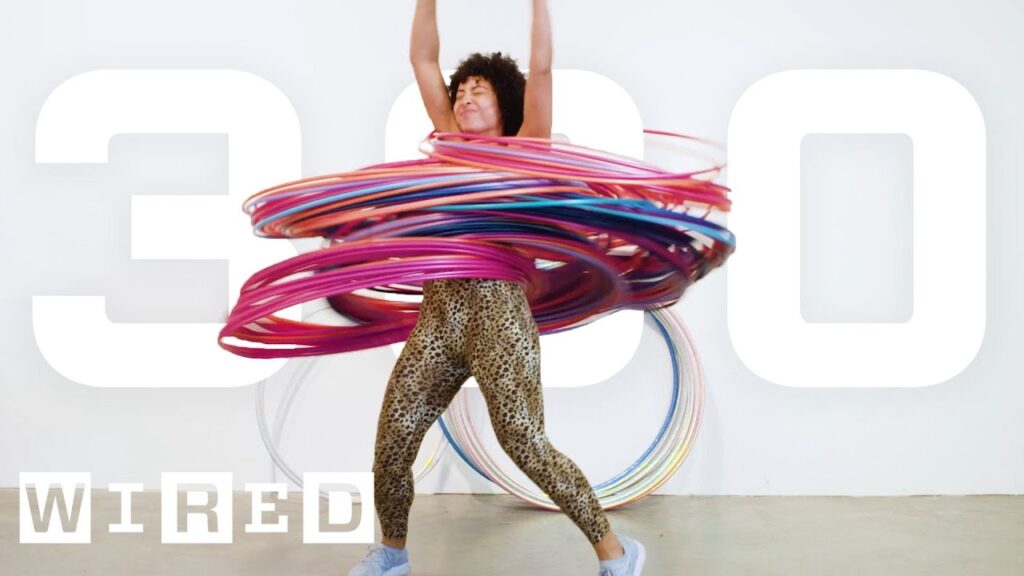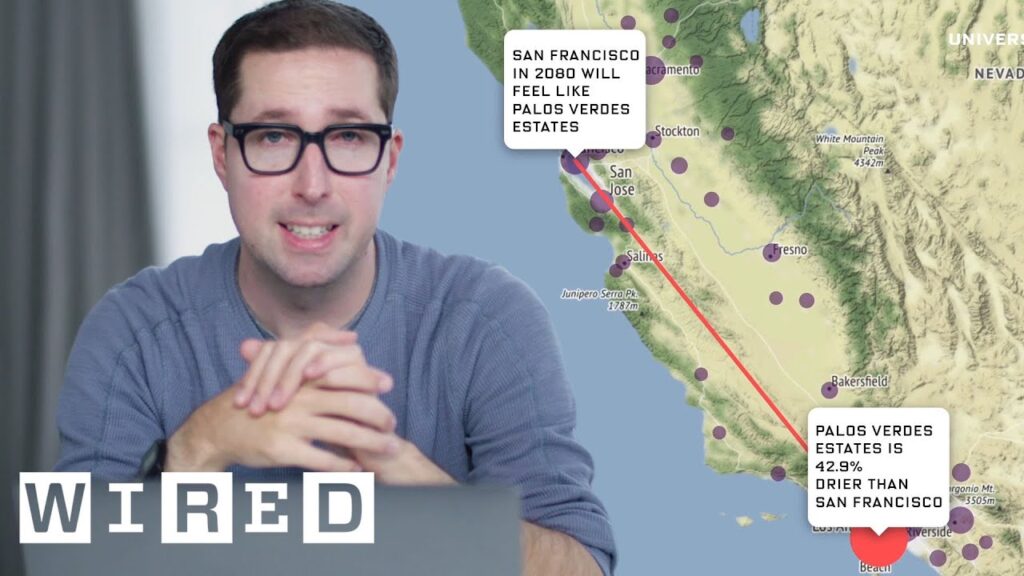Realistic Hacking: Separating Fact from Fiction in Film and Television
Summary
In this article, we explore the portrayal of hacking in film and television and how it differs from the reality of cybersecurity. We discuss the use of 3D visual interfaces versus console or terminal interfaces, the inaccuracies in programming jargon, and the importance of strong security measures, especially for hospitals. We also touch on various hacking scenarios, such as revenge hacking and disassembling viruses, and emphasize the need for more realistic depictions of hacking in media.
Table of Contents:
- The Inaccuracies of Hacking in Film and Television
- The Importance of Strong Security Measures, Especially for Hospitals
- Various Hacking Scenarios and Their Realities
- The Need for More Realistic Depictions of Hacking in Media
The Inaccuracies of Hacking in Film and Television
The portrayal of hacking in film and television often involves a 3D visual interface, which is not an efficient way to obtain data. A console or terminal interface is a more accurate representation of obtaining a lot of data quickly. Additionally, the programming jargon used in these depictions is often inaccurate. While some films and shows, like Mr. Robot, demonstrate realistic hacking scenarios, many others do not accurately represent the realities of cybersecurity.
The Importance of Strong Security Measures, Especially for Hospitals
Hospitals have been targeted by hackers in recent years, making strong security measures essential. The use of obsolete technology and software can make systems vulnerable to hacking. It is crucial to have dedicated teams and companies that deal with cybersecurity issues to prevent breaches and protect sensitive data.
Various Hacking Scenarios and Their Realities
The speaker discusses various hacking scenarios, including social engineering, phone hacking, accessing a computer without password or encryption, and hacking into a hospital’s network. Revenge hacking, which involves patching a machine to prevent other hackers from breaking in but leaving a backdoor for future access, is also mentioned. Disassembling a virus can help identify how it works and how to resolve the issue. The speaker also mentions a remote access tool called a rat that hackers can use to breach firewalls.
The Need for More Realistic Depictions of Hacking in Media
Overall, the speaker emphasizes the need for more realistic depictions of hacking in media. Clickbaiting schemes and layering codes on top of each other to create fake ads are just some of the tactics used by hackers that are not accurately portrayed in film and television. Realistic depictions can help raise awareness of cybersecurity issues and the importance of strong security measures.
Conclusion
In conclusion, while hacking in film and television may be entertaining, it is often inaccurate and does not represent the realities of cybersecurity. Strong security measures, especially for hospitals, are essential to prevent breaches and protect sensitive data. By improving the accuracy of hacking depictions in media, we can raise awareness of cybersecurity issues and promote the importance of strong security measures.







